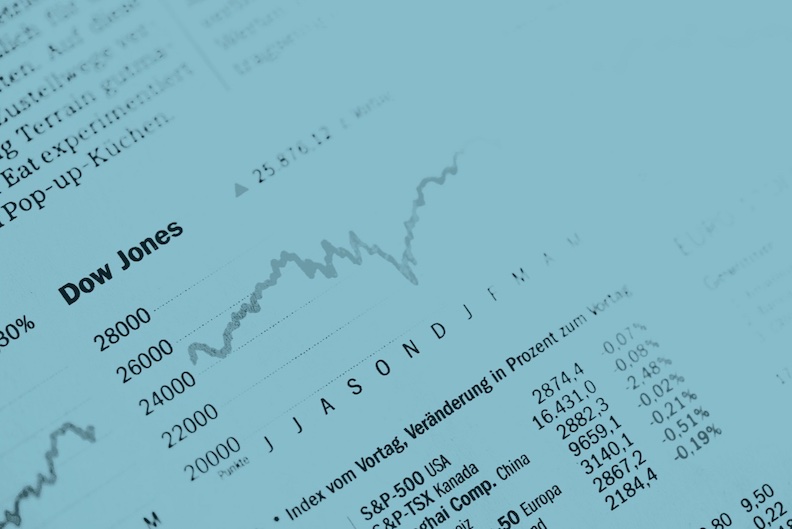What is it about?
The united nations have set a target of meeting sustainability by 2030 in terms of social, economic, and environmental. Digitalization has proven to be a significant approach to meeting the goal of sustainability. Along with digitalization and Industry 4.0, it was also stated that 6G communication is beneficial for lowering carbon emissions, effective management of natural resources, etc. Based on this motivation, this is the first study to attempt to present the significance of 6G communication from the perspective of Industry 4.0. The fundamental technologies of 6G wireless communications at the physical layer are emphasized, and also discussed enabling technologies of Industry 4.0 for 6G communication in detail. The recommendations and challenges are discussed for future directions. 6G for low earth orbit (LEO) communication and data center operations for 6G network nodes, and 6G network with aerial computing are the recommendation presented in the study. The novelty of study is, it integrates and discussed the sustainability aspect, the vision of the 6G network with fundamental technologies, and Industry 4.0 in detailed. The recommendations and challenges presented in the study motivate the researchers to carry out the study for future research in implementing 6G communication for achieving sustainability with industry 4.0.
Featured Image
Why is it important?
Motivate the researchers to carry out the study for future research in implementing 6G communication for achieving sustainability with industry 4.0.
Perspectives
The SDGs set by the united nations need to be achieved by 2030 for a better future with sustainability in terms of environmental, social, and economic. Industry 4.0 technologies can meet sustainability, along with the integration of 6G communication, and also it strengthens the infrastructure with innovation.
Vaseem Akram Shaik
Read the Original
This page is a summary of: An imperative role of 6G communication with perspective of industry 4.0: Challenges and research directions, Sustainable Energy Technologies and Assessments, March 2023, Elsevier,
DOI: 10.1016/j.seta.2023.103047.
You can read the full text:
Contributors
The following have contributed to this page







